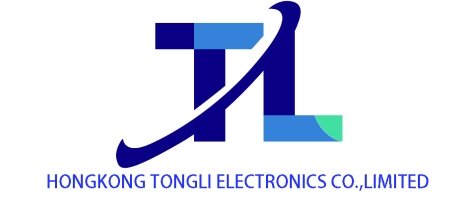Samsung Electronics Q2: Integrated Circuit Business Shows Strong Momentum
In Q2 2025, Samsung Electronics’ integrated circuit business demonstrated remarkable resilience amid industry challenges, with key product technological breakthroughs and market laying a solid foundation for future growth.
Despite overall performance pressures, the semiconductor-related businesses, particularly the storage segment, stood out. The DS Division, which houses the storage business, achieved revenue of 27.9 trillion won (approximately 20.07 billion U.S. dollars), representing an 11% quarter-on-quarter increase. This growth was driven by the continuous rise in sales of high-density and high-performance storage products. Within this, the storage business itself generated revenue of 21.2 trillion won (about 15.25 billion U.S. dollars), also up 11% from the previous quarter, highlighting market recognition of Samsung’s high-end storage products.
On the product front, Samsung maintained a leading position in key areas. In the second quarter, DRAM bit shipments grew by 10% quarter-on-quarter, while NAND bit shipments exceeded expectations with a 20% increase. The performance of HBM (High-Bandwidth Memory) was particularly impressive, with sales volume, measured by bit, surging 30% quarter-on-quarter. HBM3E accounted for over 80% of total HBM sales, and this proportion is expected to further rise to more than 90% in the second half of the year. These figures confirm Samsung’s leading position in the AI server storage sector.
In terms of technological innovation, Samsung has completed the development of the 6th generation High-Bandwidth Memory (HBM4), which adopts a 10nm-class 6th generation (1c) nanometer process. Compared to the previous generation HBM3E, HBM4 has achieved significant improvements in both performance and energy efficiency. Samples have been sent to major customers, preparing for mass production and the expected surge in market demand next year.
In its market strategy, Samsung actively responded to AI-driven server demand by increasing the proportion of HBM3E and high-density DDR5 products. Simultaneously, leveraging the restart of previously delayed data center projects, it drove up sales of server SSDs and effectively reduced NAND inventory. In the second half of the year, the company plans to accelerate the transition to the 8th generation V-NAND and strengthen its competitiveness in high-value-added areas through a diversified product portfolio including HBM and server LPDDR5X.
With the conclusion of U.S.-South Korea tariff negotiations reducing market uncertainty, Samsung is focusing on advanced semiconductor fields, seizing opportunities in the AI era through technological breakthroughs and product iterations, and continuously consolidating its leading position in the global integrated circuit industry.
